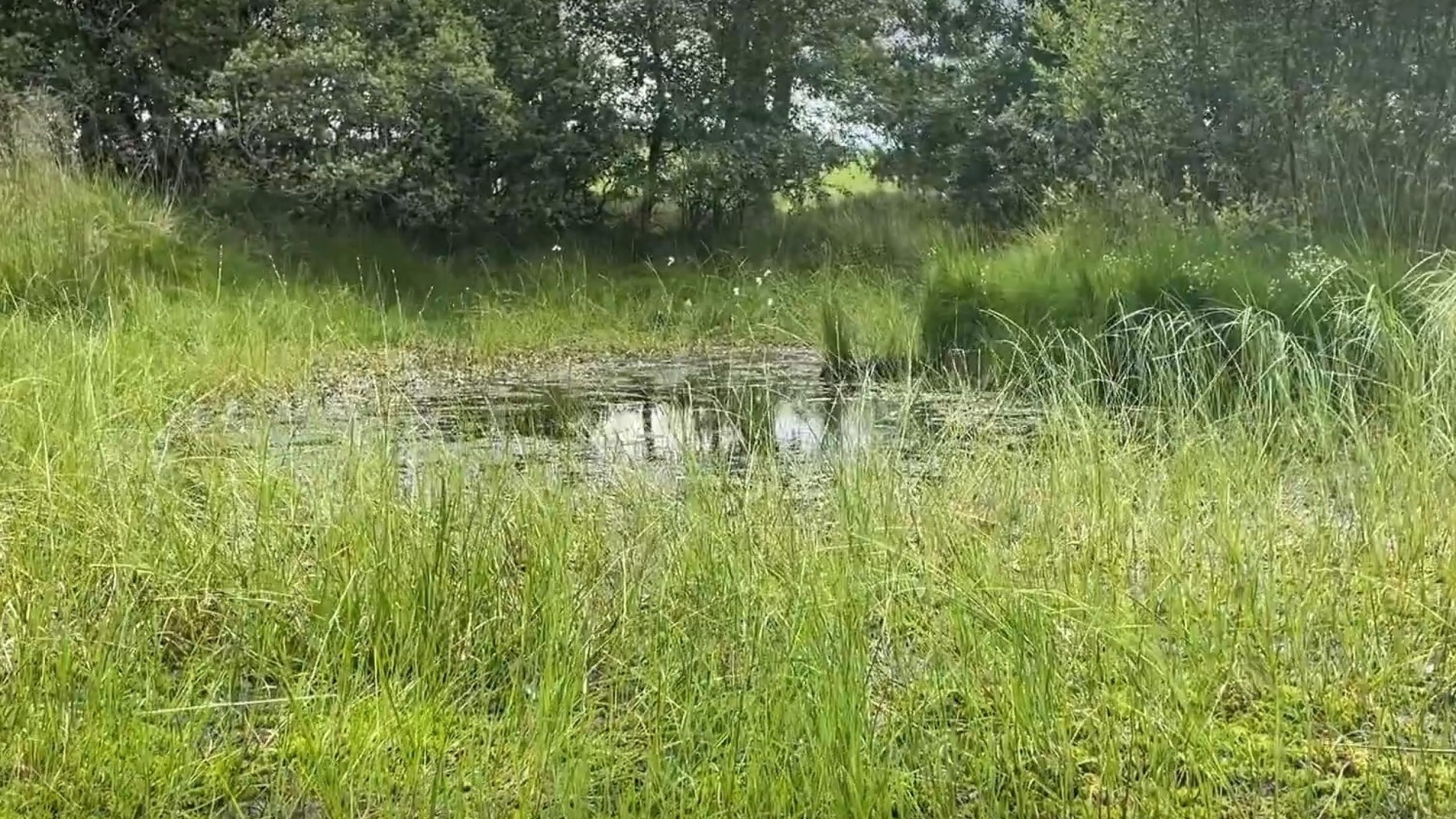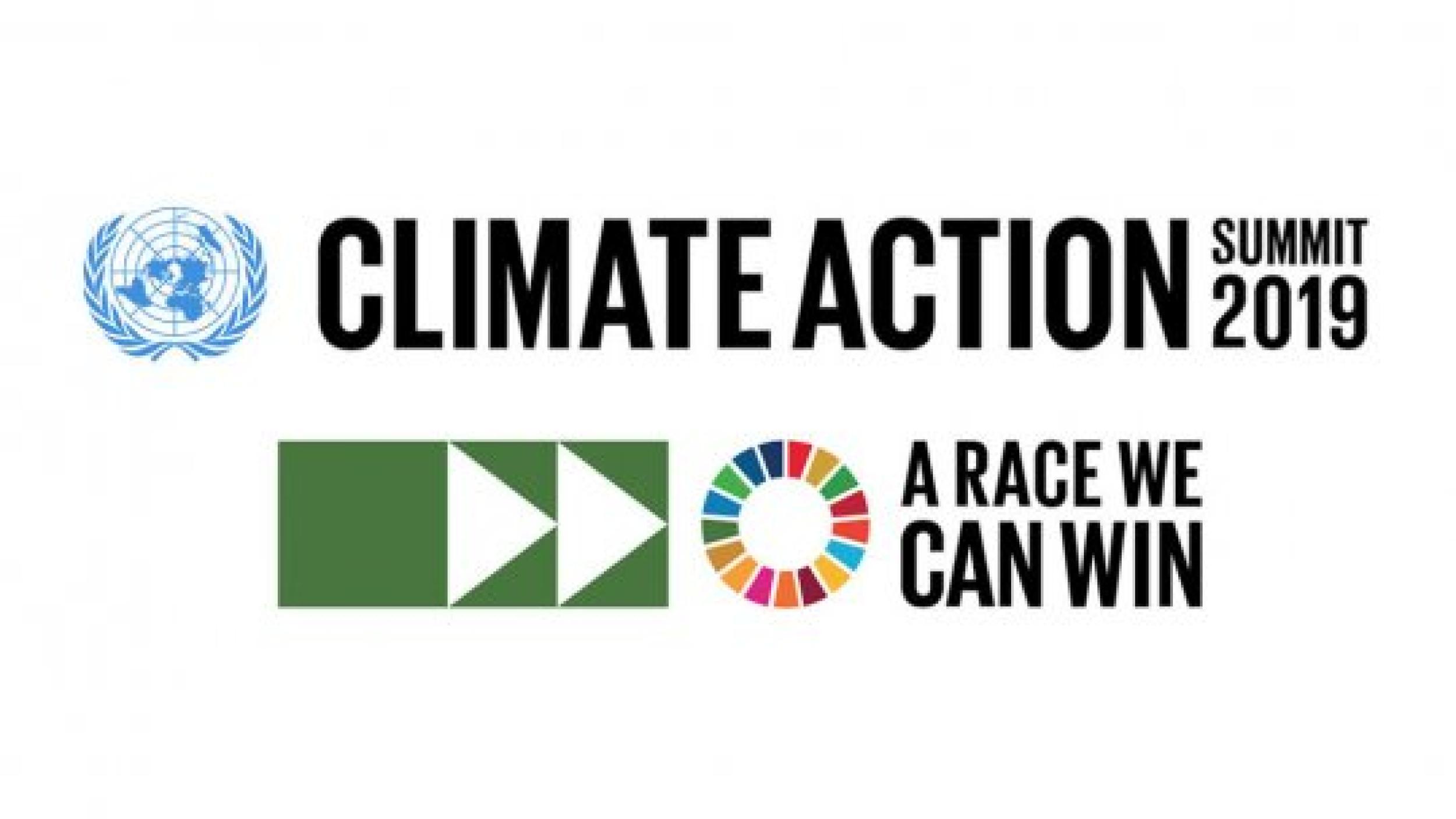
Peatlands as a Nature-Based Solution highlighted at the UN Climate Action Summit
Leaders from government, business, and civil society gathered at the United Nations Secretary General Climate Action Summit held in New York City on 23 September to deliver new pathways and actions in order to accelerate the response to the climate crisis. One key point of the Summit was Unlocking the Potential of Nature in Climate Action: cue Peatlands as a nature-based solution!
IUCN defines NbS as: “Actions to protect, sustainably manage and restore natural or modified ecosystems that address societal challenges effectively and adaptively, simultaneously providing human well-being and biodiversity benefits.”
Peatlands are a great solution for climate action because they act as a highly efficient carbon sink, when they are healthy they also help to improve water quality and host rare and unique biodiversity.
Explore other resources
How to monitor peatlands holistically … and practically
Sep 30
Standardising what we measure in peatlands research
Sep 30
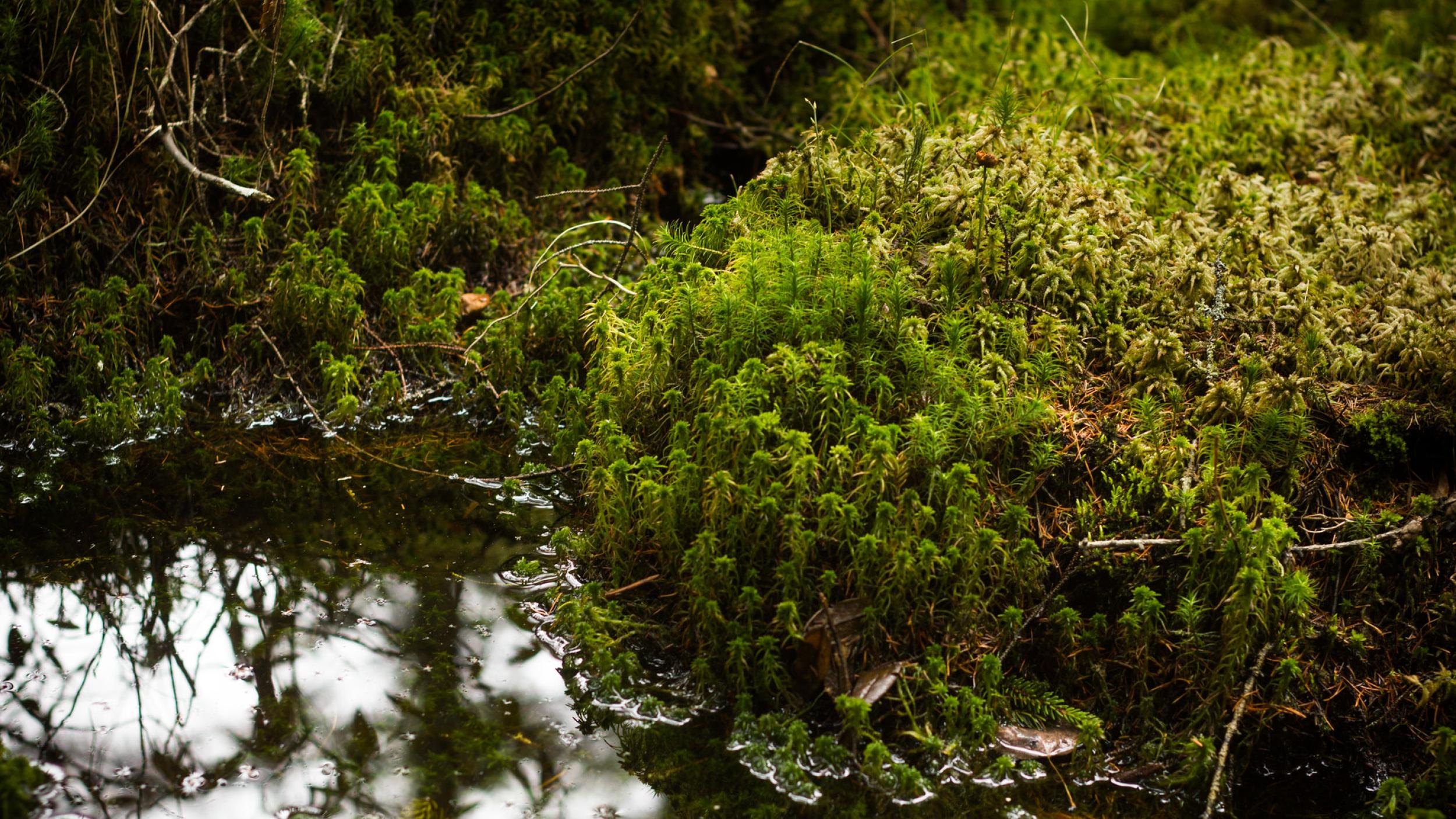
Region Europe
LIFE Peat Restore publishes Handbook for Assessment of GHG emissions from peatlands
Theme Restoration
Peatlands: a Nature Based Solution?
The Global Peatlands Initiative and partners are working to show the world that peatlands restoration and conservation offer a low-cost, low-tech and high-impact opportunity – not only for the tropics, but the entire world to address the global climate emergency. Nature needs time to heal; therefore, intact, healthy peatlands must be protected and managed so they can be preserved, and degraded peatlands restored, as soon as possible.
Peatlands restoration and protection is cost effective. By restoring degraded peatlands, we not only prevent a huge amount of greenhouse gas emissions to be released in the atmosphere (i.e currently, degraded peatlands emit nearly 2 billion tons CO2/ year) and healthy peatlands support the water cycle, support livelihoods and protect biodiversity.
Good examples of restoration efforts were shared at the Natural Thinking: Big Ideas Talks on Food/Soils/Agriculture event where the Global Peatlands Initiative and its partners invited Mr. Tsuyoshi Kato – VP of WSL of Sumitomo Forestry, to present the private sector point of view and opportunities for peatlands restoration.
An effective peatlands protection, restoration and sustainable management needs the involvement of all the stakeholders involved, including the private sector. In that regard, the Wana Subur Lestari c/o Sumitomo Forestry Concession is an example to follow. Indeed, this commercial plantation is located on degraded peatlands and aiming to create a balance between economy, environment, and society.
https://www.globalpeatlands.org/wp-content/uploads/2019/11/Orangutan-191024-1-1.mp4
After making a detailed topographic map of their concessions and investigating the distribution of peat and its depth, using a peat dome approach, his company, together with the Government of Indonesia and partners, determined their management areas types including production, conservation and social zones. Protected areas were also determined after a faunal and floral research. Not only are healthy peatlands are essential for the water cycle on which livelihoods depends, but they also prevent fires, control the level of rainfalls and hold a unique biodiversity, a triple win for the Climate, for the Planet and for the People.
This kind of efforts in a concession and such a private-public sector partnership are quite unique and have proven their success – Mr. Kato shared a video of a mother orangutan and her baby, great news for this endangered mammal.
“Supplying water to the whole earth is the same as sending blood to the entire body. In other words, peatlands are the heart of the planet” said Mr. Kato
The need for knowledge
To be able to work at a worldwide scale to protect peatlands, we first need to know where they are and how they are changing. Peatlands are gaining attention and an increasing number of tools is made available for all.
In that regard, Ms. Mette Wilkie – Forestry Policy and Resources Division Director at the Food and Agriculture Organization of the United Nations (FAO), shared the urgency of peatlands monitoring systems in advising on decision-making and policies aimed at improving management of peatland landscapes. Different monitoring tools are under development by FAO and partners and will be available to help everyone keep track of changes to peatlands as soon as they happen – enabling decision makers to develop adequate policies and to take action to protect and restore peatlands.
“Degraded peatlands contribute at least 5 % of the annual anthropogenic GHG emission. It is already clear that, to reach not only the Paris Climate agreements goal but many of the other SDGs, we need to protect the existing peatlands and wetlands and restore those that have been degraded “ Ms. Wilkie said.
The event was a great opportunity for panelist to help others:
- Understand the challenges and opportunities of restoration projects
- Understand how restoration projects can optimize management activities
- Understand which aspects of restoration should be emphasized to maximize impact
- Understand the importance of conserving and sustainably managing intact peatlands
These events, alongside the SG Climate Action Summit, brought to the fore the importance of intersectoral collaboration as highlighted during the 4th United Nations Environment Assembly when all the countries in the world came together to adopt a resolution on “Conservation and Sustainable Management of Peatlands”. The resolution encourages “Member States and other stakeholders to enhance regional and international collaboration for the conservation and the sustainable management of peatlands” and “EncouragesMember States, international organizations, the private sector and all other actors involved in the conservation, management and restoration of peatlands at the national and regional levels, including, inter alia, the International Tropical Peatlands Centre being established in Indonesia, to cooperate with existing national, regional and international peatland management organizations and all actors, including the Global Peatlands Initiative led by the United Nations Environment Programme, to foster the conservation and sustainable management of peatlands.
The International Tropical Peatlands Center (ITPC) was presented during the event entitled “Peatlands Restoration – a vital Nature Based Solution that can’t be overlooked” at the Global Landscapes Forum in New-York by Mr. Agus Justianto, Deputy Minister MoEF Indonesia (article about the ITPC and its launch here). Mr. Justianto explained the importance of collaborative tropical peatlands research and linking science to practice through innovation. Indeed, despite growing awareness of the importance of peatlands, there are still critical gaps in information and research that must be filled in order to understand the contribution of peatlands to climate change mitigation; and their role as a vital nature-based solution. These gaps can only be filled through the cooperation of all actors involved and their commitments to act against further drainage or degradation of peatlands as well as progressive rewetting and restoration efforts.
The ITPC, together with the Global Peatlands Initiative and their partners is helping to advance our understanding of the costs and benefits of peatland restoration for water quality, ecosystem resilience and services, and the opportunity costs of a ‘do nothing’ or ‘business as usual’ approach with the aim to improve our understanding of the contribution of peatlands to greenhouse gas fluxes, to carbon sequestration, and emissions and to better understand how peatlands cope with, buffer, or contribute to climate change in their different forms and status of health.
All this work done and huge outreach efforts also attracted Governments interest and brought awareness about the fundamental role of peatlands in climate change mitigation and adaptation. For example, Germany has created a Peatlands Unit in the Ministry of Environment and included peatlands restoration as a priority in their environmental agenda. They are also investing in peatlands protection and restoration internationally through their International Climate Initiative (IKI) supporting partners around the world to care for their peatlands. Germany has have drained over 95% of their peatlands in the last centuries with one third of their agricultural greenhouse gas emissions arising from degraded peatlands but have a strong willingness to reverse that trend. “I can confirm you that the Government of Germany is very much behind these issues and will support the peatland protection and future too” said Ms. Paulus, the DG of the Nature Conservation and Sustainable Use of Natural Resources, representing the German Minister for Environment, Nature Conservation and Nuclear Safety (BMU) during her speech at the Nature 4 Climate event. Ms. Paulus also highlighted the growing threats peatlands faced and still face today as well as the importance and urgency for countries to tackle the peatlands drainage problem worldwide. “Peatland conservation should become an integrated path of our international climate efforts” she said.
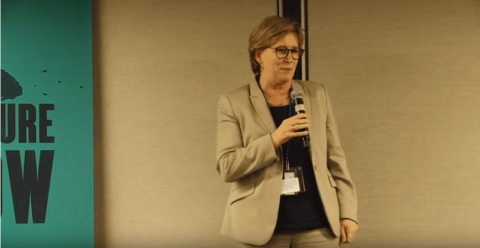
Christiane Paulus, from the German DG of the Nature Conservation and Sustainable Use of Natural Resources, German Ministry for Environment, Nature Conservation and Nuclear Safety (BMU) shared why Peatlands are a vital nature-based solution for global climate action.
During the same event, the Deputy Minister of Environment and Forestry from Indonesia, Mr. Justianto spoke on “Peatlands for a 1.5-degree future”. “Through conservation, sustainable management and restoration of peatlands worldwide, this ecosystem is a part of the climate change solution” he said.
Of course, when protecting a land we need to take into account all the factors and the ecosystem. Indonesia, a leader when it comes to peatlands restoration, adopted a Moratorium covering around 66million hectares of forest and peatlands. Indonesia’s case is very interesting as it is a country which had one of the worst management of peatlands, but are now champions and as they are in the path of restoration and sustainable management of their peatlands, they are an example to follow.
The GPI is working with a variety of actors including with the national government, the private sector, research institutes and local communities living near peatlands. We also focus on the link between peatlands areas and severe poverty. In Indonesia, for example, poverty levels in peatlands are generally two to four times higher than in non-peatland areas. We support the country to develop policies on peatlands protection, restoration and sustainable management through for example south-south collaboration and best practices exchanges.
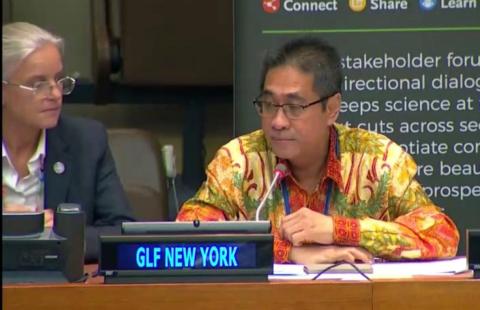
Mette Wilkie (left) and Agus Justianto (right) shared why peatlands are vital ecosystems for the planet
However, despite providing essential ecosystem services on which many people’s lives depend, peatlands around the world continue to be damaged by drainage for agricultural use, fire, overgrazing and peat extraction. Their full potential for climate resilience remains untapped. Money alone is not enough to protect or restore peatlands and countries, the private sector, the local communities and global organizations need to work together and make bold commitments if we have any hope to achieve the Paris Agreement.
The event was a starting point for a dynamic series of knowledge sharing of restoration and conservation management projects to draw the world’s attention to conserve, protect and sustainably manage these unique systems.
Big companies, such as Gucci are also committed to being carbon neutral in their entire supply chain while investing in nature based solutions by offsetting current “unavoidable emissions” with a commitment to four REDD+ related projects in Peru, Kenya, Indonesia and Cambodia.
As the Global Peatlands Initiative, we are also working with partners to develop viable financial mechanisms and instruments that value the peatlands for the essential services they provide to support our health and well-being. “We have to save nature because nature saves us” said Inger Andersen, Executive Director of the United Nations Environment Programme UNEP
More information on:
- https://events.globallandscapesforum.org/agenda/new-york-2019/day-1/wetlands-and-peatlands-hidden-treasures/
- https://www.tropicalpeatlands.org/event/peatlands-restoration-a-vital-nature-based-solution-that-cant-be-overlooked/
- Watch our N4C event on: https://www.youtube.com/watch?v=uk9TUgmjLuA&feature=youtu.be&fbclid=IwAR1vM2wOB1JVD2qdqUAGxn6033idE-14py07S6mWTPYUFnnT5q6E2eYET0U
- Watch our event at the Global Landscape forum on: https://www.globallandscapesforum.org/video/glf-new-york-2019-peatlands-restoration-a-vital-nature-based-solution-that-cant-be-overlooked/
- Why peatlands restoration is a super Nature-Based Solution: https://www.youtube.com/watch?v=EXDKQwiLGPI
Follow the hashtag #peatlandsmatter to track the latest peatlands related news


